That Awkward Moment
A peer-centered web service that gives young people the tools to learn and teach the right information about sex and sexuality
A peer-centered web service that gives young people the tools to learn and teach the right information about sex and sexuality
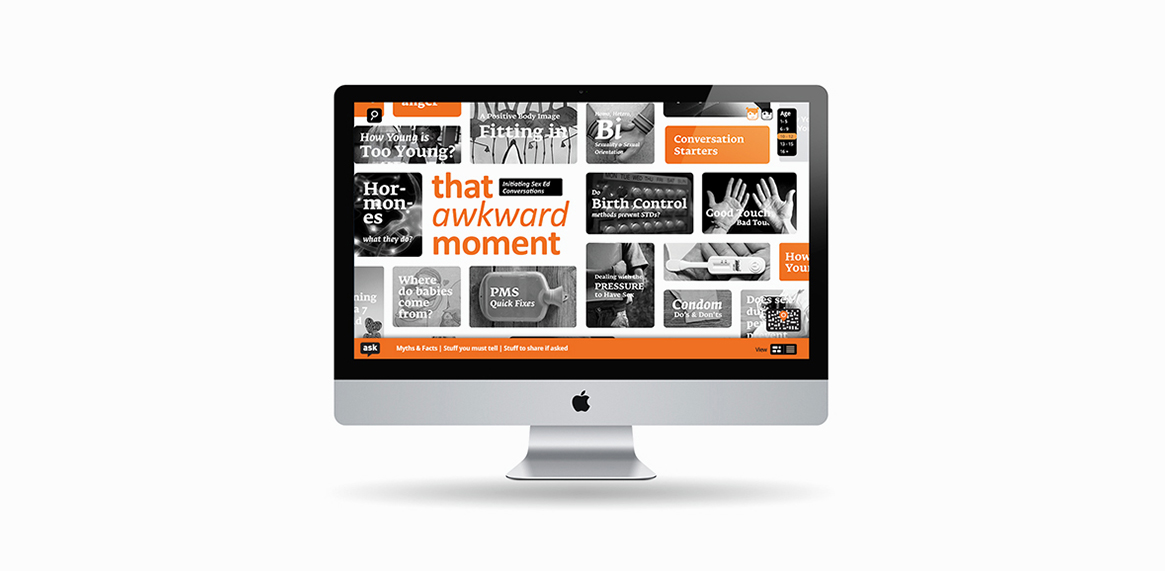
– The Problem
What would you say to a 6 year old who asks you what ‘rape’ means? And what would you tell 15 year olds if they ask the same question?
Following the mass media coverage of a gruesome rape case in India, young people began to ask questions. The gap between what they 'knew' and what they were being told became increasingly problematic. Teachers and parents weren't prepared to answer these questions - consciously or subconsciously making young people feel like they aren't supposed to know, which in turn perpetuated the 'taboo'.
Through research and interviews, I found that this was true for any topic around sexuality. To answer one question, meant to answer all the questions. Even though parents wanted to, they wouldn't know how and avoid the awkwardness by avoiding the question.
What would you say to a 6 year old who asks you what ‘rape’ means? And what would you tell 15 year olds if they ask the same question?
Following the mass media coverage of a gruesome rape case in India, young people began to ask questions. The gap between what they 'knew' and what they were being told became increasingly problematic. Teachers and parents weren't prepared to answer these questions - consciously or subconsciously making young people feel like they aren't supposed to know, which in turn perpetuated the 'taboo'.
Through research and interviews, I found that this was true for any topic around sexuality. To answer one question, meant to answer all the questions. Even though parents wanted to, they wouldn't know how and avoid the awkwardness by avoiding the question.
– Solution
That Awkward Moment is a peer-centered communication strategy and web service that aims to sensitise the Indian youth towards sexuality education by giving them tools to learn/access the right information and teach their peers.
To tackle a complex subject like sex education, structural intervention is required through all forms of communication, at many levels - in school, at home and among peers. The proposed solution manifests itself in a three part service comprising the following: a. Social Media Campaign b. Web Portal and c. Mobile Phone App.
That Awkward Moment is a peer-centered communication strategy and web service that aims to sensitise the Indian youth towards sexuality education by giving them tools to learn/access the right information and teach their peers.
To tackle a complex subject like sex education, structural intervention is required through all forms of communication, at many levels - in school, at home and among peers. The proposed solution manifests itself in a three part service comprising the following: a. Social Media Campaign b. Web Portal and c. Mobile Phone App.

For adolescents, peers are the primary (often inaccurate) sources of information for sex and sexuality related issues. By engaging an older, more responsible peer, this tool aims to ensure that the correct information is being circulated, and also comes from someone a young person may look up to.
Presented here is the process documentation of the Website where an older person - ideally a young adult, can 'Learn' about, and 'Learn How to Teach' concepts of sexuality to his/her peers and siblings.
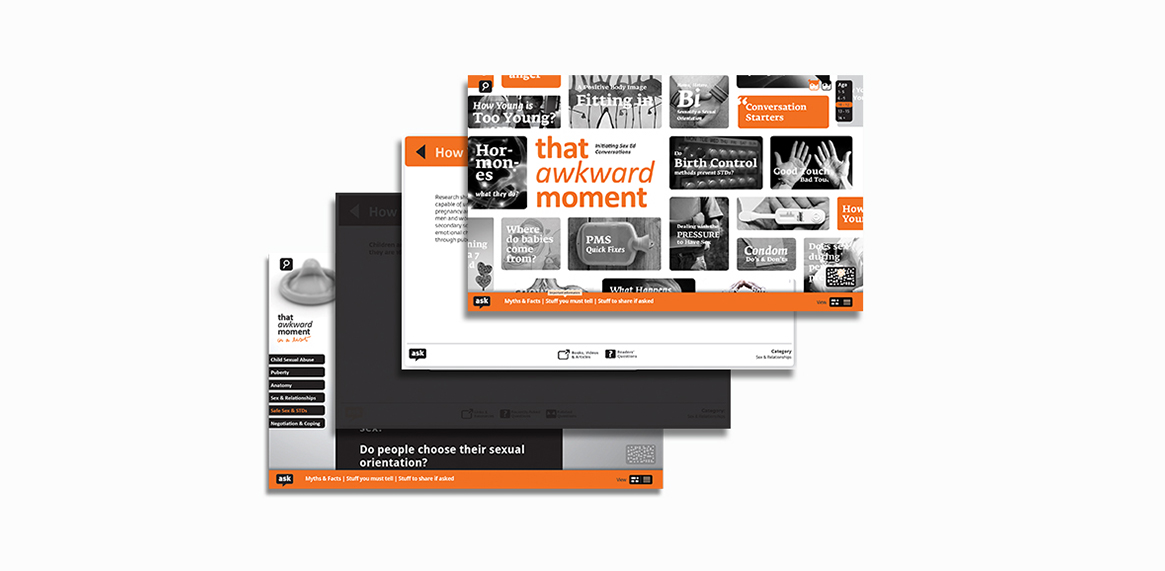
Users can navigate through all the Questions contained in flash cards on the Home Page. They can toggle between a Grid Map or a List View as per their preference, search for a particular information and ask their own questions. The Flash Cards can be filtered by age, gender and type of explanation.
When clicked on, these Flash Cards open up in a window explaining the particular concept / answering the question. Users can select the age group they want to address the selected question to and also get additional links and resources related to the topic. They can also ask their own question here.
Links and Resources and Ask your Questions pop up windows direct the user to access more information available on the web and also allows them to ask specific questions to experts.

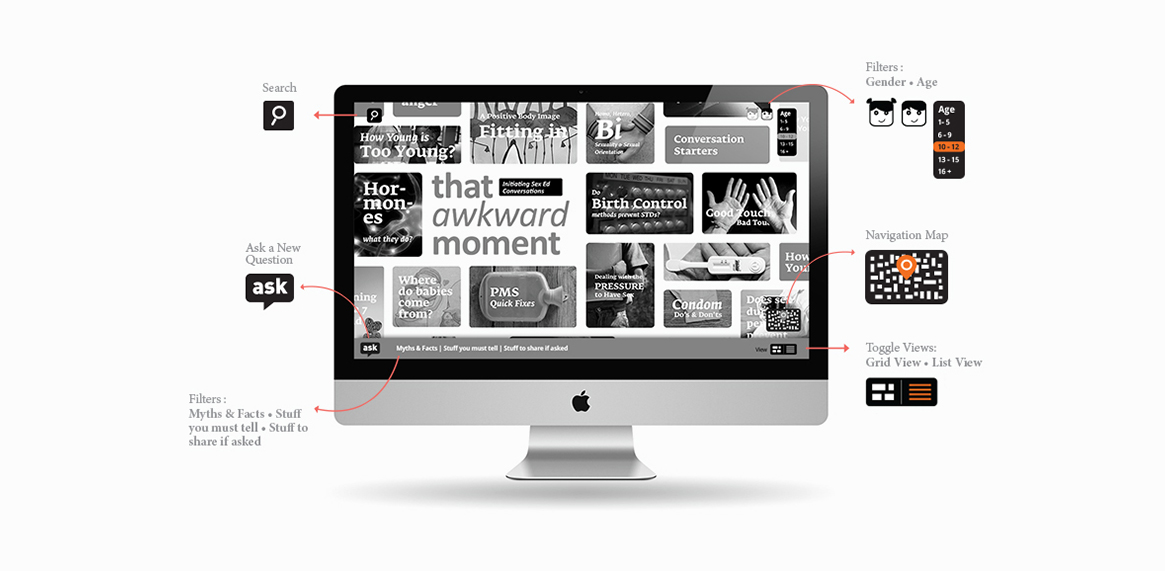


– Information Design
The information is designed to reach the consumers via our primary target audience (user) who is a young person above the age of 18. This person can be a sibling, or a parent, or an older friend.
The information is organized to progress as an adolescent’s body and mind progresses - physically and emotionally, demanding answers for certain phenomenon. All information can be accessed by all age groups, but the manner of expression or the complexity of the explanation varies according to the consumer’s age and cognitive abilities.


– User Experience
The scenarios are classified by the: Number of Visits – Is it the user’s first or second visit, etc. and Level of Involvement – how much does the user already know about the importance of sexuality education.
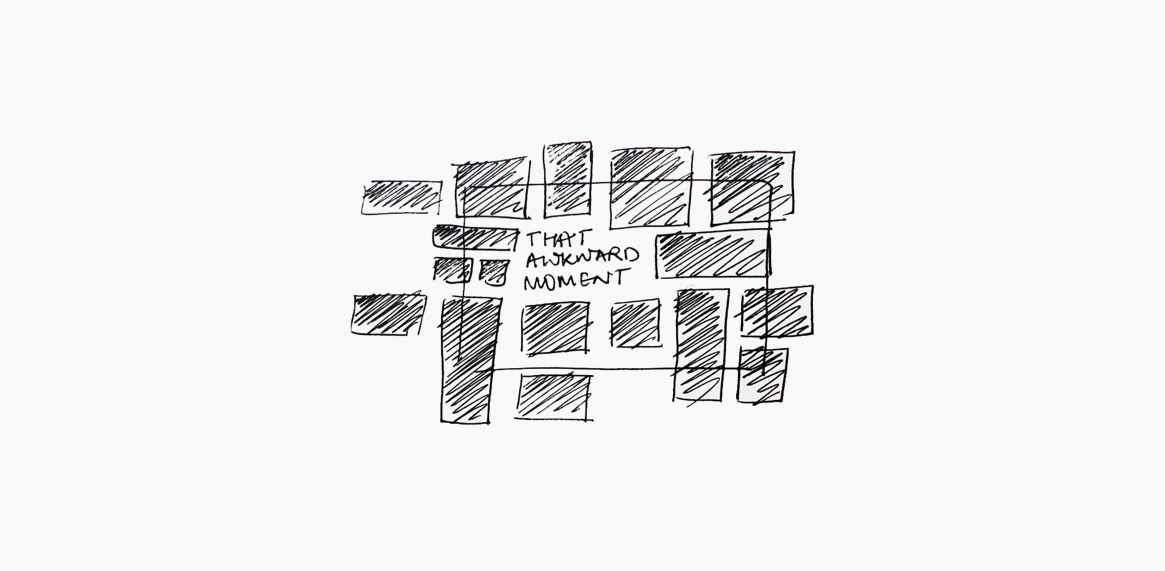

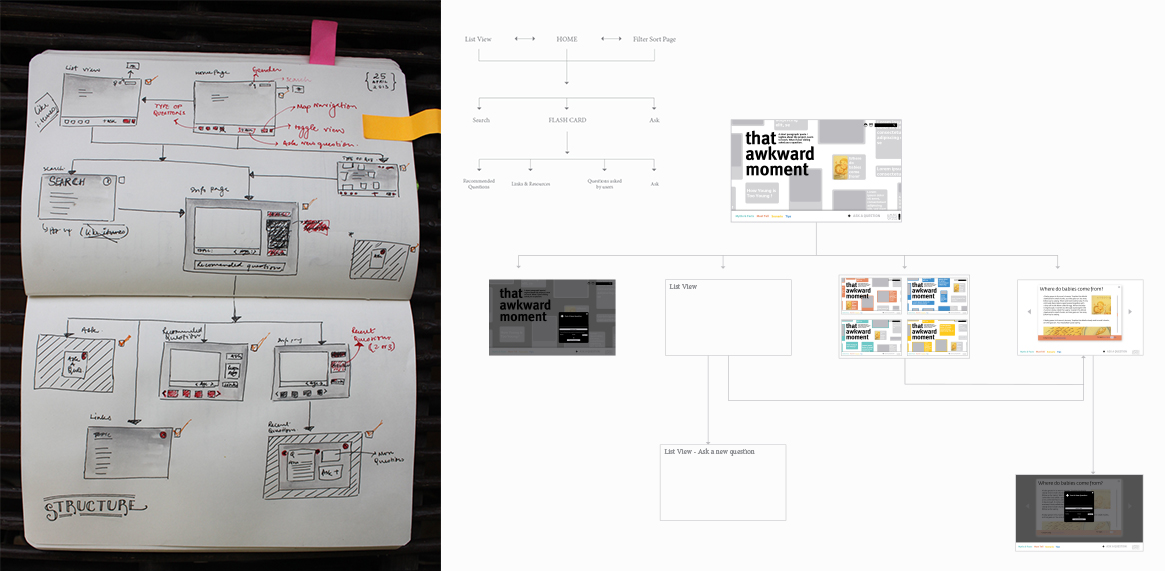


Project: Sponsored by Design Route ( 2013 )
Role: Concept, Communication Strategy, User Research, UX Research, UI Design, Visual Design, Information & Content Design